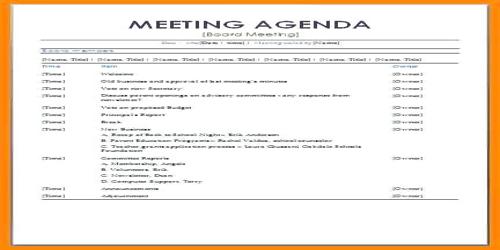Scholarship Instructions: Candidate’s Role Section
Describe (in no more than 2 pages) the candidate’s scholarly work, with particular reference to its significance and importance for the field, in terms that are understandable to a Stanford faculty member outside the candidate’s field. If appropriate, comment on contemporary schools of thought in the field, its recent history, or other such contextual factors that might illuminate the candidate’s contribution. For example, describe the authorship practices of the candidate’s particular discipline, the contribution of the candidate to multi-authored publications listed in his or her CV, and the candidate’s contribution to the work as compared to the other authors, particularly former mentors. Include in the description an account of at least one specific work by the candidate and its impact or importance. Indicate the author of this statement, normally a member or members of the evaluation or search committee. (Please save your evaluation of the candidate for the “Evaluation of the Candidate” section below.)
Provide, for candidates who have just completed their graduate training and for whom the dissertation is the only significant completed scholarship, a statement from at least one member of the search committee who has read the candidate’s dissertation that describes it and states why it is significant.

Guidelines
- The scholarship section narrative is written by a senior faculty member in the department who is not a co-author on any of the articles discussed. While it may be appropriate to request factual information from the candidate, it is not acceptable to use language directly from the candidate’s statement.
- Write one paragraph summarizing the scholarly contributions of the candidate (e.g. area(s) of scientific inquiry, noteworthy discoveries, impact of work on other scientific investigation or clinical practice, any significant accomplishments from before the candidate’s current term at Stanford).
- Discuss one specific work (usually a peer-reviewed article, usually first or senior authored) by the candidate.
- Include a summary description of the work and the impact of the work on the field (such as effects on future investigation or clinical practice).
- For reappointments and promotions, contributions from the candidate’s current term should be discussed. Please do not copy the scholarship section from a previous long form.
- If the candidate’s role is not readily apparent (e.g. if the candidate is a middle author), a brief statement is provided explaining the candidate’s contributions. For example, “Dr. X helped design the experimental strategy, provided the final diagnosis for experimental specimens, assisted with the data analysis, and co-authored the manuscript”.
- Note the author of the scholarship section narrative.
















